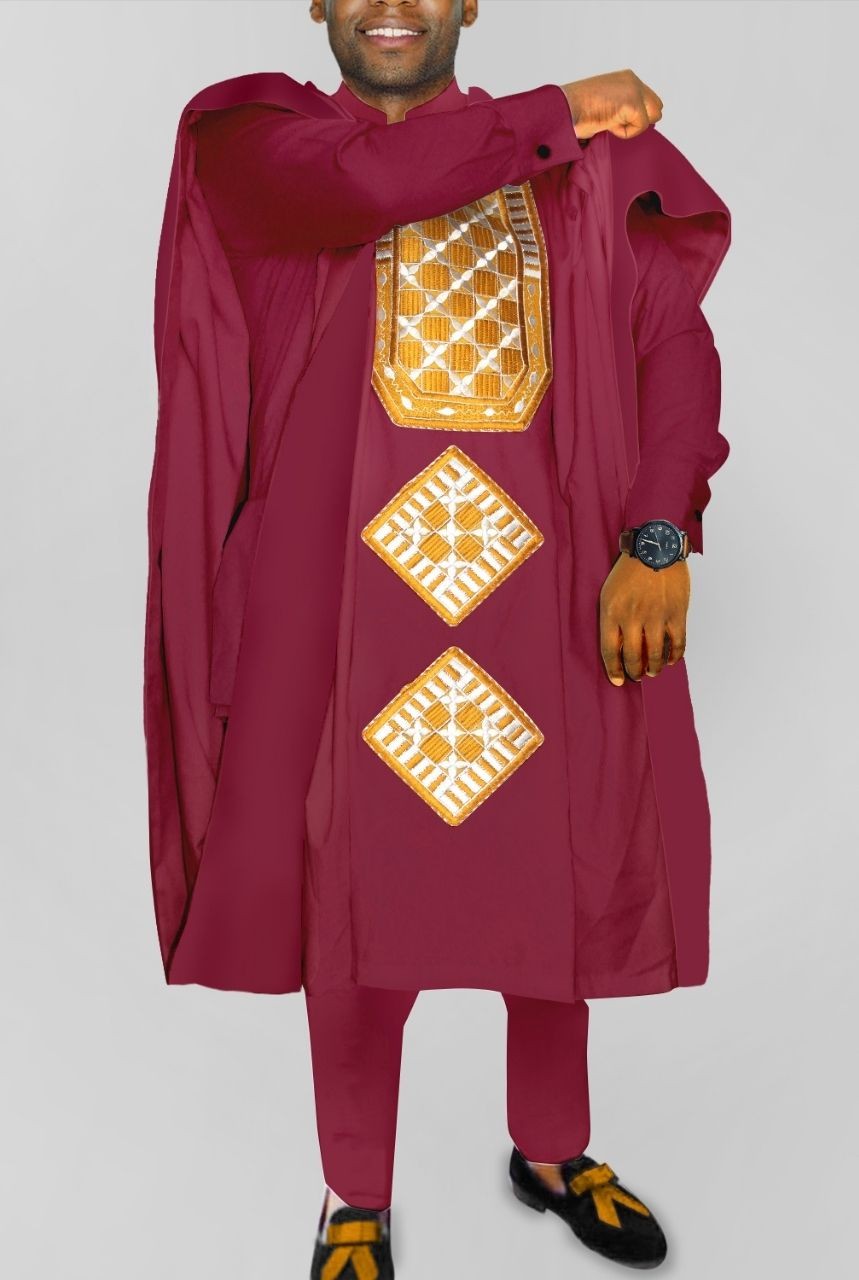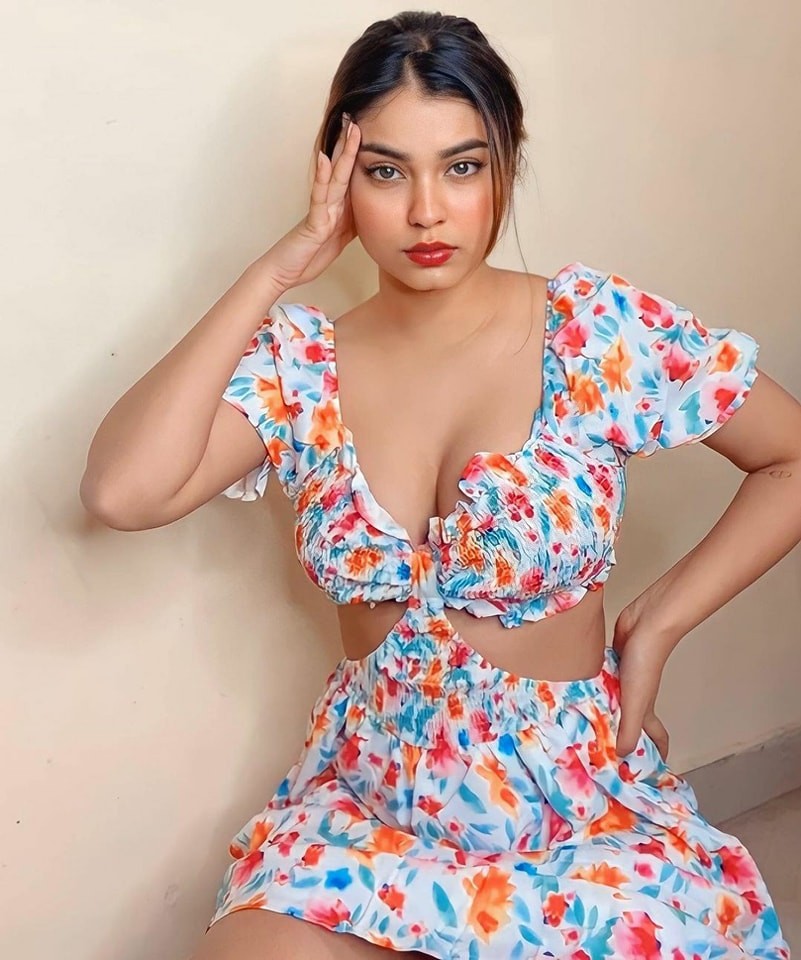African clothing is as diverse and vibrant as the continent itself. From the rich traditions of woven fabrics to modern interpretations of cultural prints, African attire offers a window into the history, culture, and creativity of its people. The evolution of african clothes reflects not only the continent’s artistic heritage but also its adaptation to modern trends while maintaining its unique identity.
A Deep Rooted Tradition
African clothing has a long history, with each region having its own distinct style, fabric, and symbolism. Traditional African clothes were made from natural resources like cotton, wool, and bark, with weaving and dyeing techniques passed down through generations. Clothing styles were deeply influenced by the environment, social status, and cultural values.
For example, the intricate patterns of Kente cloth from Ghana were reserved for royalty and special occasions. Worn during ceremonies and rites of passage, each color and pattern carried specific meanings — symbolizing wealth, wisdom, or spiritual significance. Similarly, Bogolanfini (Mud Cloth) from Mali is a handwoven fabric adorned with natural pigments, telling stories of ancestry and identity.
African Prints: A Story of Adaptation
The iconic African wax print, which has become synonymous with African fashion, has an intriguing history. Originally introduced by Dutch traders who mass-produced wax prints inspired by Indonesian batik, the vibrant fabrics quickly gained popularity across West and Central Africa. These prints were embraced and adapted by African communities, becoming a key part of the continent’s fashion identity.
Each print tells a story, with symbols that represent proverbs, historical events, or expressions of love and unity. These fabrics became more than just clothing; they transformed into a powerful tool for self-expression and cultural pride.
Cultural Significance
African clothing is a visual representation of status, identity, and occasion. Different tribes and communities use specific fabrics and designs to indicate their social standing, marital status, or regional origin. For instance, in Nigeria, Aso Oke, a handwoven textile, is worn during weddings and important ceremonies to symbolize wealth and prestige.
The use of color in African attire is also highly symbolic. Red is often associated with life and fertility, while white represents purity and spirituality. In many cultures, black is seen as a color of power, and blue signifies peace and harmony.
African Fashion Today: Merging Tradition with Modernity
In recent years, African fashion has gained global attention, with designers from across the continent creating pieces that blend traditional elements with contemporary styles. Designers like Lisa Folawiyo, Loza Maleombho, and Ozwald Boateng have taken the global fashion stage, showcasing African textiles, craftsmanship, and patterns in innovative and exciting ways.
This resurgence of African-inspired fashion is part of a broader movement that celebrates African heritage while pushing creative boundaries. African designers have introduced traditional fabrics like Kente, Ankara, and Shweshwe into the modern fashion world, making them a staple in both high-end fashion and everyday wear.
The Influence of African Diaspora
The African diaspora has played a significant role in popularizing African attire globally. From the streets of London to the fashion runways of New York, African prints, and styles have been embraced by a broader audience, celebrating the beauty of African craftsmanship.
In the UK, the African community has established a thriving market for African clothing, where traditional garments are customized for a modern lifestyle. Many African-British designers are creating collections that celebrate their heritage while appealing to a contemporary, multicultural audience.
Sustainability and Ethical Fashion
As the global fashion industry grapples with sustainability challenges, African clothing is a beacon of ethical fashion. Many traditional African garments are made by hand, using sustainable materials and techniques that have minimal environmental impact. Local artisans and designers are leading the way in slow fashion, where quality craftsmanship takes precedence over mass production.
In this regard, African fashion is contributing to a global shift towards more sustainable, ethical fashion practices. Initiatives like the African Fashion Foundation support emerging designers and artisans, ensuring that traditional craftsmanship is preserved while promoting sustainable economic growth.
Conclusion: A Celebration of Identity
African attire is more than just a fashion statement. It is a celebration of identity, culture, and history. The intricate patterns, bold colors, and unique styles serve as a visual language that tells the story of the continent’s past, present, and future.
Whether it’s a traditional wedding ceremony or a high-fashion runway, African clothing continues to inspire and empower. It’s a testament to the resilience, creativity, and pride of the African people, and its global influence shows no signs of slowing down. As African designers continue to redefine the boundaries of fashion, the world will undoubtedly keep looking to Africa for inspiration, creativity, and a deeper understanding of cultural expression








